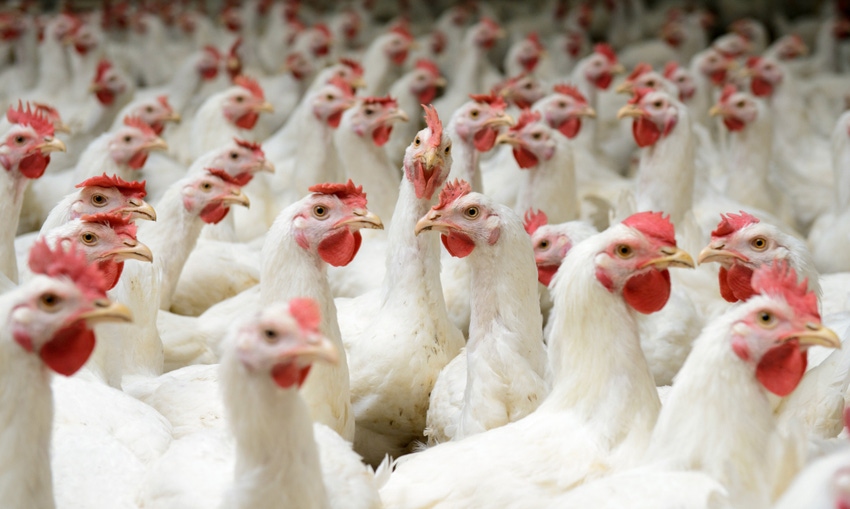Subscribe to Our Newsletters
Feedstuffs is the news source for animal agriculture
For the first time in several decades multiple companies are planning significant investments in new broiler complexes to increase the number of birds raised and processed.
February 25, 2018

You May Also Like